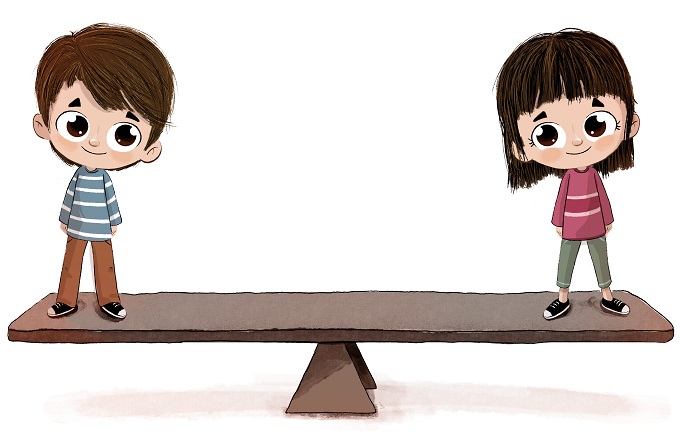
<h2>&#8220;We need to teach boys and girls that, besides a few anatomic differences, there is very little else that differentiates men and women,&#8221; says Dr Pani Farvid, senior lecturer in psychology at AUT’s School of Public Health and Psychosocial Studies.</h2>
<p>She recommends an educational primary prevention approach that seeks to stop the manifestations of gender inequality <i>before</i> they occur. These include the gender pay-gap, women’s participation in public life and leadership roles, gender-based violence (including sexual violence), and the deteriorating status of minority and immigrant women.</p>
<blockquote>
<p>“Gender-based violence is preventable, but it requires us to change our enduring norms and beliefs about the nature of gender as well as men’s and women’s roles within relationships and society,” says Dr Farvid.</p>
</blockquote>
<p>The focus of her research is the intersection of power with gender, sexuality, intimate relationships and technology. She is the author of the chapter, “Gender Equality Education and Media Literacy: Primary Prevention Strategies in New Zealand”, published in the book <i>Global Currents in Gender and Feminisms.</i></p>
<blockquote>
<p>“For gender equality or policies to get mass buy-in and be successful, we need to move away from a focus on women, to a focus on gender,” says Dr Farvid.</p>
</blockquote>
<p>“We need to broaden the conversation and address the primary causes of gender inequality, which starts with dismantling the current binary gender system, including dominant versions of masculinity and femininity.”</p>
<p>Sex and gender are different. Sex is assigned at birth and refers to one’s biological status as male or female. Gender refers to the socially constructed roles, behaviours, activities and attributes that a given society considers appropriate for boys and men or girls and women.</p>
<p>Historically, traditional masculine traits <i>(rationality, assertiveness, aggressiveness)</i>are more highly regarded and given to dominant social roles, whereas traditional feminine traits <i>(intuition, sensitivity, nurturing</i>) are associated with submission and dependence, and given to less socially valued roles.</p>
<p>In the past 30 years, research has shown that men and women are more similar than they are different when it comes to a host of psychological traits and mental functioning. Most differences can be explained by the cultural expectations that we have, and any effect disappears the more gender-neutral the context.</p>
<h3>Dr Farvid proposes gender equality education, beginning in primary schools, based on three principles:</h3>
<p>• Teach boys and girls about the history of gender and gender inequality – for them to understand that traditional gender roles and expectations are social and cultural products, and that gender is much more fluid and changeable.</p>
<p>• Incorporate material on ethical social, sexual and digital relating in the health curricula.</p>
<p>• Engage with global ethical citizenship – the idea that all people have rights and civic responsibilities that come with being a member of the world.</p>
<blockquote>
<p>“If boys and girls are virtually the same socially, psychologically and cognitively, there is no need to try and fit them into predefined gender-specific categories. They would have greater opportunity to choose who and what they can or want to be,” says Dr Farvid.</p>
</blockquote>
<p>“The loosening of gender polarity not only allows for greater diversity, it also makes it more difficult for discrimination and gender-based violence to take hold.”</p>

EXCLUSIVE: Teachers used to be paid two to three times more than minimum wage workers,…
After an “overwhelming” vote to reject the latest Government offer, secondary school teachers will begin…
Second-language learning should be compulsory, says a new report from a forum bringing together academics,…
A new entitlement aimed to improve access to learning support coordinators for schools with students…
Educators have raised questions about the Ministry of Education’s new secondary school subjects, set to…
Professional learning and development (PLD) for teachers needs to be higher impact for teachers and…
This website uses cookies.